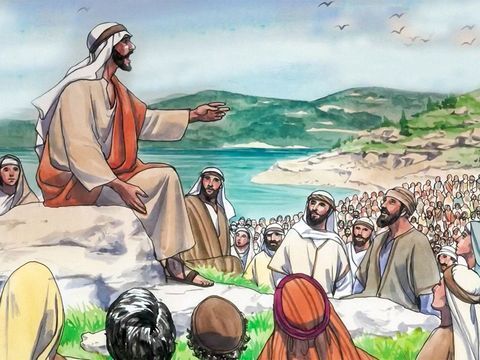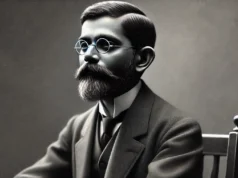
5th September is celebrated as Teacher’s day in India. Samarendra Pramanik, a retired teacher from Stewart School, Cuttack, India reflects on Jesus as a model teacher. He contends, “Christian teachers can draw from Jesus’ pedagogical techniques in their classrooms”.
What is a role model !
A role model is a person who influences,inspires and motivates us — someone who lives a life others admire. However, if we think about those who influence us most and why, we will realize that they are people who stimulate our thinking and provide us with important life lessons. Several teachers have shaped my thinking and deeply influenced my approach not only to teaching and academics, but also to life itself.
Jesus As a Teacher
In the New Testament, the concept of Jesus as a Saviour is more prominent than His portrait as a teacher. The most frequent title used is “Lord” applied to Him 83 times, but the second most frequent is “teacher” represented 56 times.
According to the research by Pheme Perkins, ancient literature mentions four types of teachers during Jesus’ time who had adult followers: (1) philosophers (2) sages (3) interpreters of Jewish law and (4) prophets. The category of teachers that come close to the picture of Jesus presented in the Gospels is that of the Jewish Rabbis, the differences are so fundamental that Jesus could tightly be considered radically different in His teaching style and content. His unique contribution qualifies Him as the teacher par excellence.
Jesus’ methods
Jesus used illustrations to bring concrete understanding. He used language that was familiar to His students and created illustrations from their everyday life. We must use illustrations and examples that are relevant and familiar to our students, all necessary processing for learning to take place.
Jesus’ excellence in teaching is demonstrated in His ability to effectively teach one-on-one or a class of five thousand. He knew how to adapt lessons for both, large and small groups, rich or poor, male and female, educated and uneducated, religious and irreligious. He effectively utilised different learning styles. For example, in the Sermon on the Mount–He used lecture. In other lessons He asked questions like,”who do you say I am” (Matthew 16:15). Jesus not only asked questions to His students, He also welcomed questions from them, as,(“who is my neighbour?” Luke 10:29) (“Who is the greatest in the Kingdom of Heaven? Matthew 18:1”) He shows us that dialoguing is a great tool for teaching.
In addition to these methods, Jesus also taught application. His teaching was never limited to just theory, but providing opportunities for them to apply the principles they had just learned. For example, Jesus sent out His disciples with the following messages, “The kingdom of Heaven has come near. Heal the sick, raise the dead, cleanse those who have leprosy, drive out demons. Freely you have received, freely give. Do not get any gold or silver or copper to take with you — no bag for your journey or extra shirt or sandals or a staff….be shrewd as snakes and innocent as doves.” (Matthew 10: 5 –16)
As the Model Teacher, Jesus equipped His students to go and do likewise. Christian teachers can draw from Jesus’ pedagogical techniques in their classrooms. Christians educators must ask, “How do we make our teaching relevant and interesting? How do we provide opportunities for students’ application? How can my teaching make a difference in my students’ lives?
To end with, I would like to quote Aristotle,” For the things we have to learn before we can do them, we learn by doing them.” In Jesus’ lessons, words are of no value unless they are accompanied with appropriate deeds. Not only did He teach His disciples what to do, He sent them out and asked them to come back with their success reports.
Photo Credits – Good News Productions International and College Press Publishing.









